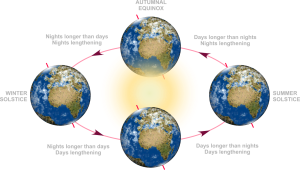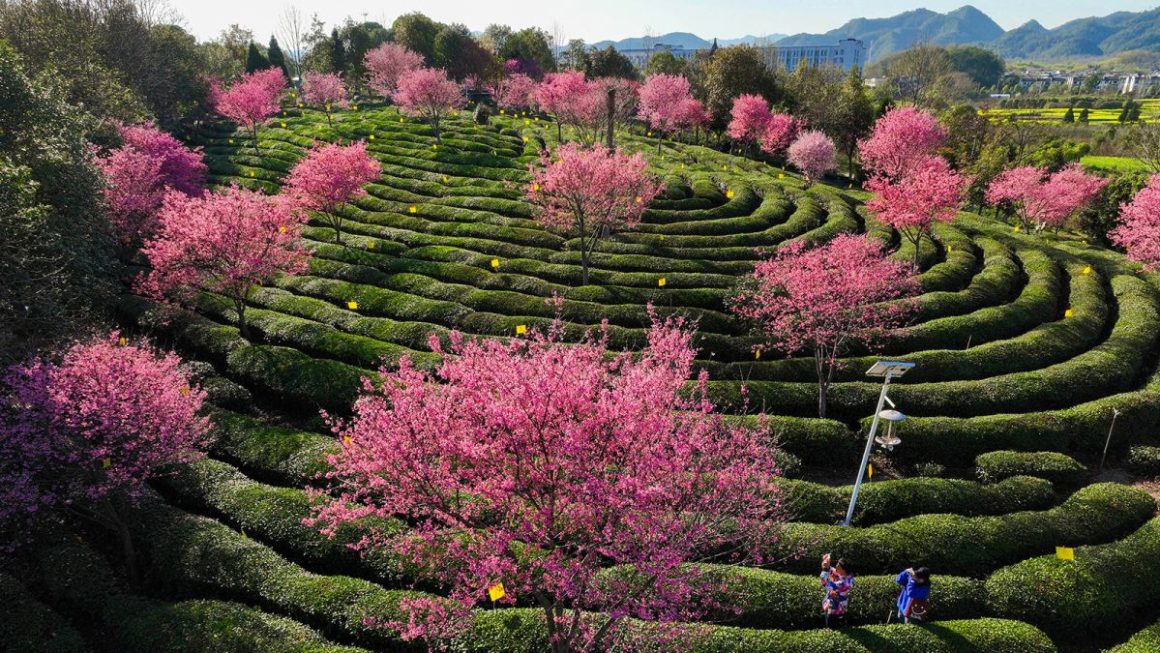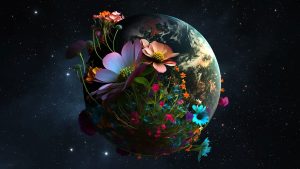The March equinox, also known as the vernal equinox, is a significant astronomical event that marks the beginning of spring in the Northern Hemisphere and the start of autumn in the Southern Hemisphere. The equinox occurs when the sun passes over the equator, resulting in nearly equal length of day and night. In 2023, the March equinox is set to occur on March 20th at 10:32am UTC.
Equal Day and Night on the Equinox
On the equinox, the length of day and night is nearly equal across the globe. This is due to the sun being directly overhead at the equator, resulting in equal distribution of daylight and darkness. It is a time when the earth is in balance, and the transition from winter to spring or summer to fall begins.

On the equinox, the sun rises due east and sets due west, making it a significant event for astronomers and scientists studying the earth’s rotation and orbit.
More March Equinox Effects
Aside from the equal length of day and night and the sun’s position, the March equinox can have various other effects on the earth and its inhabitants. Here are some more March equinox effects:
- Seasonal Changes: The March equinox marks the transition from winter tospring in the Northern Hemisphere and from summer to fall in the Southern Hemisphere. This transition triggers various seasonal changes, such as the blooming of flowers, the return of migratory birds, and the start of new agricultural cycles.
- Ocean Tides: The equinox can affect ocean tides, causing them to be higher or lower than usual.
Ancient Traditions of Renewal Echo into the Modern World
The March equinox has been celebrated and recognized by various cultures and traditions throughout history. Many ancient societies saw the equinox as a time of renewal and rebirth, with celebrations marking the return of life and fertility to the earth. These traditions have echoed into the modern world, with various cultural and spiritual practices honoring the equinox.
Cultural Influences
In many cultures, the March equinox is a time of renewal, balance, and spiritual reflection. Here are some cultural influences of the March equinox:
- Iran: In Iran, the equinox is celebrated as the start of the New Year, known as Nowruz. This is a time for families to gather and celebrate with festive meals, dancing, and symbolic rituals.
- Hinduism: In Hinduism, the equinox is celebrated as Holi, a festival of colors that signifies the triumph of good over evil. The festival is celebrated with colored powders, water fights, and traditional sweets.
- Japan: In Japan, the equinox is a time of ancestor worship, with families gathering to honor their ancestors and clean their graves. This is a time for reflection and paying respect to those who have passed.
The March equinox is a time of balance and renewal, marked by equal length of day and night and the transition from winter to spring or summer to fall. It is a significant event for astronomers and scientists studying the earth’s rotation and orbit, and it is celebrated by various cultures and traditions around the world.
Whether celebrating with friends and family, reflecting on the past, or embracing the new season, the March equinox is a time to appreciate the beauty and wonder of the natural world.









